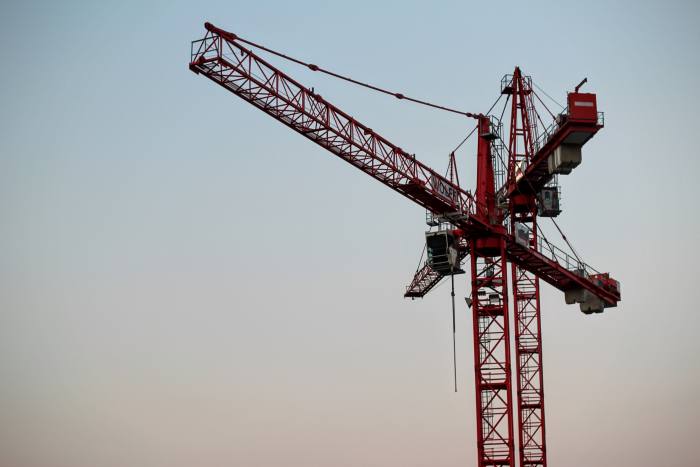
Infrastructure investments have attracted lots of attention from yield-hungry investors in the new world of ultra-low interest rates.
But this growing demand, chasing after a limited supply of projects, has made attractive infrastructure investments harder to find.
There are two types of infrastructure companies. The first own assets and tend to be listed on public equity markets.
The second do not have a physical stake in the infrastructure assets themselves but are investment vehicles that receive the cash flows from those assets, which include schools, hospitals, power plants, roads and bridges.
In the UK, a large portion of the market comprises private finance initiative (PFI) schemes, which involve funding public infrastructure projects with private capital.
In order to remove the debt from its balance sheet, the government issues an operating lease to a consortium, technically known as a Special Purpose Vehicle, typically for a term of 25 to 30 years.
The consortium is owned by private investors, and often includes a construction company, a service provider and a bank.
It builds the facility and undertakes maintenance and capital replacement during the lifecycle of the contract. In return, the consortium receives regular payments — which could come from the government for operating a school or from drivers for a toll road.
Risk
One risk for long-term investors is that as a relatively young asset class, there is some uncertainty about what will happen to these leases when they expire and whether the assets will revert to government ownership.
Cash flows are used to value UK PFI vehicles but in order to do this they are discounted by long-term interest rates and adjusted for inflation.
There is room for error due to uncertainty about when rates will rise and how inflation will be affected by potential exchange rate movements from Brexit.
Furthermore, there is an element of political risk that is difficult to analyse as the UK negotiates the terms of its separation from the EU.
A shift in focus
From an investment perspective, there have been some interesting developments recently. First, strong demand for income and inflation-linked cash flows have driven a flood of capital into infrastructure investments.
Fierce competition for the best assets has driven down potential returns by at least 2 per cent.
The PFI investment vehicles are being cautious not to buy assets where the risks are not commensurate with the rewards.
To that end, they have begun to tilt their portfolios in a slightly different direction by buying the shares of infrastructure companies.
For example, HICL Infrastructure Company has bought a stake in High Speed Two (HS1) and Affinity Water, which make up Colne Valley, Lee Valley, North Surrey and Rickmansworth water companies.
This second investment improves the sensitivity of the fund’s cash flows to inflation but the inclusion of equity could affect the status of this holding in diversified portfolios.





